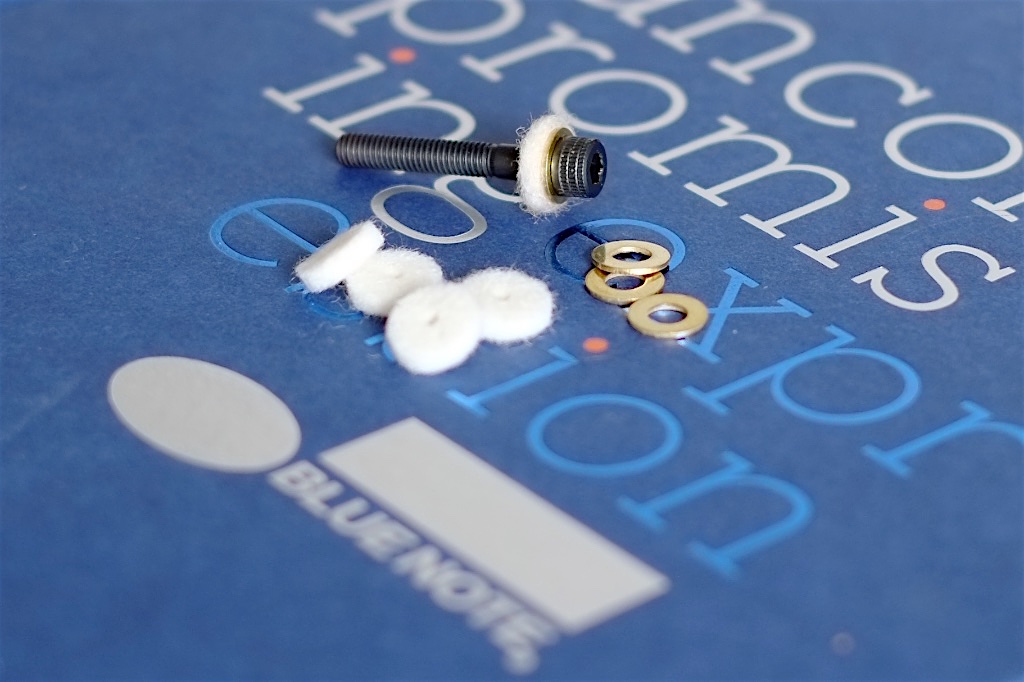Richard C.
pfm Member
My take on vintage Tannoys is this. Feel free to shoot me down!
Tannoy took longer to adopt stereo than others out there. As a consequence a lot of the careful matching of speakers both visually and electrically simply didn't happen back then. There isn't much you can do about visual mis-matches but you can certainly ensure that your drive units are well matched and that your crossovers are a reasonable facsimile of each other, be that due to ageing components or.wide tolerances because of the procurement process was geared towards mono use.
An interesting observation, Cable Monkey and hardly deserving of being shot down but not entirely accurate.
True, Tannoy did regard the newly introduced stereophony as something not to be taken too seriously. Remember that the first forays into this brave new world were centred on sounds of A4 Pacifics charging across the room and thundering out the window. There were many records of this sort whose essential purpose was to demonstrate as dramatically as possible the supposed three-dimensional aspects of this new medium. It hardly required the reproductive qualities of a DC Tannoy to replicate this - most people were satisfied with the new, wide radiograms becoming available to cater for this burgeoning market. It was not until later and, specifically, Decca's introduction of their FFSR system and the recording of "serious" (we're not going there again!) music that a playback system of "serious" quality became necessary. It was at this point that Tannoy began to consider entering the stereo field.
I'm afraid that the notion of "wide tolerances because the procurement process was geared towards mono use" is quite wrong. All domestic Tannoy products, including the Full Range models, were constructed to very close mechanical and electrical tolerances as well as performance parameters. For these reasons alone, the possible differences of individual examples of the same model would have been indistinguishable to anything other than laboratory precision test equipment, thus guaranteeing uniformity of performance. I agree that the same compliance did not necessarily extend to West Norwood cabinets, particularly with regard to visual appearance as there was little effort made to "match" these for use in pairs and retailers usually sold them as a couple of individual speakers anyway. Of course, it was common for mono systems to be supplemented with an additional speaker to accommodate the new stereo and so it was no less common for the speakers to be of quite different production ages. Back then, people neither noticed nor cared.


